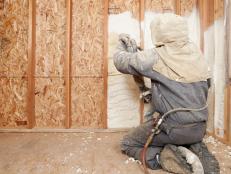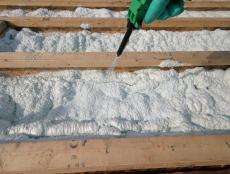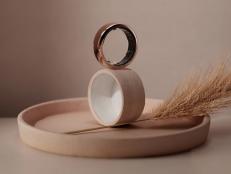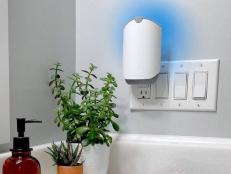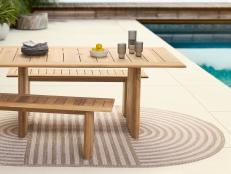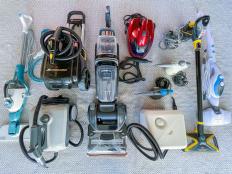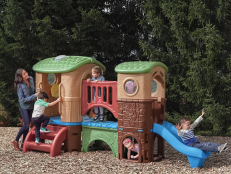Home-Energy Audit Saves Money
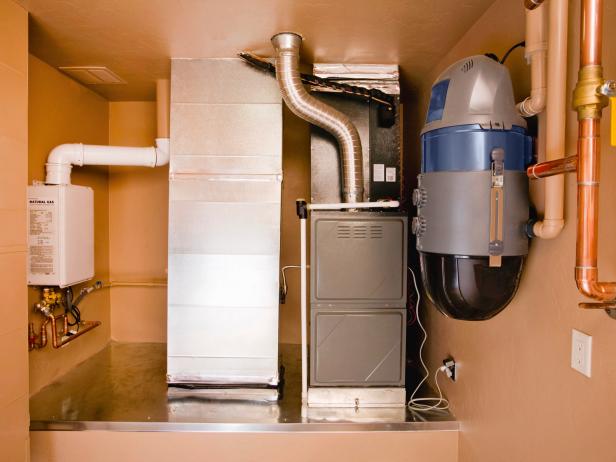
Jupiterimages
If you want to make your home more energy efficient, the best place to start may be with a professional home-energy audit, a comprehensive analysis that assesses a home or business as a system of interrelated components with respect to energy use. Utility bills, indoor air quality, humidity/moisture problems, comfort and safety are all components that are interconnected within a dynamic process. An energy audit is an opportunity to learn what can be done to maximize the energy efficiency of your home or business, potentially lowering heating/cooling costs, while minimizing potential problems associated with indoor air quality and combustion-appliance safety.
Prices for energy audits vary by market and according to the complexity of the energy tracking and other tests performed. In general, however, they are relatively inexpensive and those prices are for an audit without a subsidy. Many utility companies offer energy-audit services, and some subsidize independent audits for as much as 75 percent of the total cost. Either way, if significant problems are identified and corrected, the audit will more than pay for itself.
On average, according to Erik Lindberg, an energy audit specialist, following the recommendations in an energy audit can result in a 25 percent to 30 percent reduction of annual energy consumption. Moreover, saving money isn't the only reason to have an energy audit performed.
In a thorough audit, four broad areas are covered:
- Health and safety of the occupants
- Building durability
- Comfort
- Energy efficiency
According to Lindberg, in most instances if the first three of the four have been addressed satisfactorily, the fourth (which encompasses monetary savings) will follow naturally. In a typical energy audit, it takes about two hours for an energy auditor to conduct a thorough inspection by looking at windows, doors, insulation levels, attic accesses, appliances, heating and air conditioning systems, etc.
Energy auditors are certified and licensed by the state in which they operate, and must follow standards and procedures established by that state. A complete audit typically includes assessment of the following:
- Building shell, including foundation, walls, windows, doors, ceiling and roof
- Heating system and water heater: tested for safety and efficiency
- Maintenance and safety practices: reviewed with respect to the homeowner, helping to fine-tune the balance between safety, comfort and energy usage
- Air tightness: tested devices using such as a blower-door test and infrared thermography. These diagnostic tools measure how well the house is sealed against penetration of outside air or "draftiness."
- Indoor air quality
- Energy-bill analysis
- Ice-dam problems
- Basement dampness
- Window condensation
- Excessive dust levels
- Dry air
- Insulation levels
- Mechanical systems
- Cost/benefit analysis
The Blower-Door Test
Once an energy auditor has made an analysis of the homeowner's energy bills to get the "big picture" on how much energy is being consumed, a specialized diagnostic known as the blower-door test can be performed to pinpoint areas where energy is being lost or used without benefit.
For the test, an exterior door on the house is opened and a specialized blower-door frame is mounted inside the door. The frame is expanded and tightened in place, and a fabric air-barrier is installed around the frame.
With the barrier installed and the doorway effectively sealed, a fan-brace and fan is set in place in the air barrier. Once the blower-door assembly is installed, the fan is turned on. The fan is set to blow air out, thereby reducing the air pressure inside the house, and air from the outside flows into the house through cracks and openings, replacing the air that is being pushed out.
While the fan is operating, specialized gauges measure how much air is being pulled out through leaks in the house, in effect, determining how well sealed or how "drafty" the house is.
Once it has been established that the house structure is drafty, the next step is to identify the sources of the air leaks. The smoke plume from a stick of burning incense helps in identifying inflow of air in problem areas, such as in poorly sealed window-joints.
Another potential problem area is an attic-access panel. Air leakage at this location is a problem because of energy loss, but may also create a risk in the formation of ice-dams when warm air is allowed to enter the attic. Once identified, this particular problem can be remedied with foam weather strips or other type of sealant.
Thermographic Inspection
To identify less obvious energy leaks, an auditor may use an infrared camera, which "sees" heat in much the same way that other cameras see visible light. When heat is being used in a home, the camera can be used to scan walls, ceilings and other structural components of the building in order to find cold spots. The camera generates images in which cold areas show up as dark parts of the image.
In our demonstration, dark lines indicated cold air leaking in around joints in the vaulted ceiling, where there was little or no insulation being used. Other typical problem areas where cold air can be found leaking in from the outside include casings around doors and windows, doorsills, and switchboxes for mounting light switches.
Once an audit has been performed and specific problem areas have been identified, work can begin at repairing the sites responsible for wasting energy. Some of those measures are covered in the segments that follow.







